 Welcome
Welcome
“May all be happy, may all be healed, may all be at peace and may no one ever suffer."
Marfan syndrome

Marfan syndrome is a genetic disorder that affects the connective tissues in the body, including those in the heart, blood vessels, bones, and eyes. It is caused by mutations in the FBN1 gene, which provides instructions for making a protein called fibrillin-1, an important component of connective tissue.
People with Marfan syndrome typically have tall stature, long arms and fingers, a narrow face, and other characteristic physical features. They may also have a variety of medical problems, including:
- Aortic aneurysms and dissections (weakening and tearing of the wall of the main blood vessel that carries blood from the heart to the rest of the body)
- Mitral valve prolapse (a condition in which the valve that separates the upper and lower chambers of the heart does not close properly)
- Lens dislocation and other eye problems
- Skeletal abnormalities, such as scoliosis (curvature of the spine) and joint problems
- Lung problems, such as spontaneous pneumothorax (collapsed lung) or sleep apnea
Marfan syndrome is diagnosed based on a combination of clinical features, family history, and genetic testing. Treatment depends on the specific symptoms and complications of each individual case, but may include medications to control blood pressure and heart rate, surgery to repair or replace the aorta or heart valves, or other supportive measures.
Early diagnosis and treatment are important in managing the complications of Marfan syndrome and improving long-term outcomes. People with Marfan syndrome should receive regular medical follow-up and may benefit from genetic counseling to understand the inheritance pattern of the condition and the potential risks to their children.
Research Papers
Disease Signs and Symptoms
- Irregular heart sound (heart murmur)
- Flat feet
- Disproportionately long arms, legs and fingers
- A high, arched palate and crowded teeth
Disease Causes
Marfan syndrome
Marfan syndrome is caused by a defect in the gene that enables your body to produce a protein that helps give connective tissue its elasticity and strength.
Most people with Marfan syndrome inherit the abnormal gene from a parent who has the disorder. Each child of an affected parent has a 50-50 chance of inheriting the defective gene. In about 25% of the people who have Marfan syndrome, the abnormal gene comes from neither parent. In these cases, a new mutation develops spontaneously.
Disease Prevents
Disease Treatments
While there is no cure for Marfan syndrome, treatment focuses on preventing the various complications of the disease. To accomplish this, you'll need to be checked regularly for signs that the damage caused by the disease is progressing.
In the past, people who had Marfan syndrome often died young. With regular monitoring and modern treatment, most people with Marfan syndrome can now expect to live a more normal life span.
Medications
Doctors often prescribe blood pressure lowering drugs to help prevent the aorta from enlarging and to reduce the risk of dissection and rupture.
Therapy
The vision problems associated with a dislocated lens in your eye often can be corrected with glasses or contact lenses.
Surgical and other procedures
Depending on your signs and symptoms, procedures might include:
- Aortic repair. If your aorta's diameter reaches about 2 inches (50 millimeters) or if it enlarges rapidly, your doctor may recommend an operation to replace a portion of your aorta with a tube made of synthetic material. This can help prevent a life-threatening rupture. Your aortic valve may need to be replaced as well.
- Scoliosis treatment. When there is significant scoliosis, a consultation with a spine expert is necessary. Bracing and surgery are needed in some cases.
- Breastbone corrections. Surgical options are available to correct the appearance of a sunken or protruding breastbone. Because these operations are often considered to be for cosmetic purposes, your insurance might not cover the costs.
- Eye surgeries. If parts of your retina have torn or come loose from the back of your eye, surgical repair is usually successful. If you have cataracts, your clouded lens can be replaced with an artificial lens.
Disease Diagnoses
Disease Allopathic Generics
Disease Ayurvedic Generics
Disease Homeopathic Generics
Disease yoga
Marfan syndrome and Learn More about Diseases
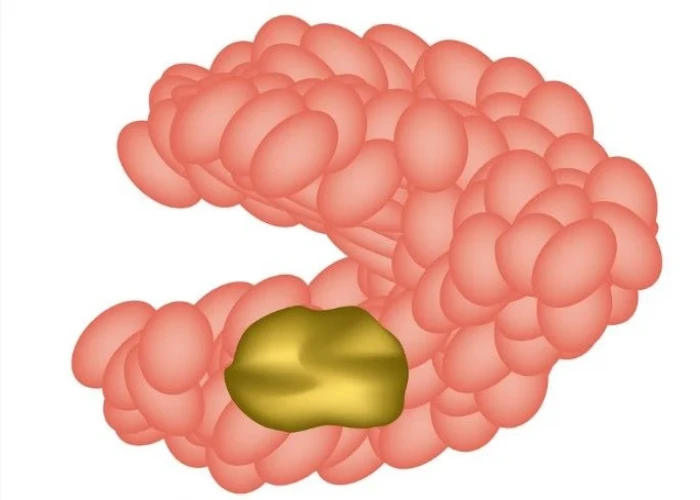
Jaw tumors and cysts
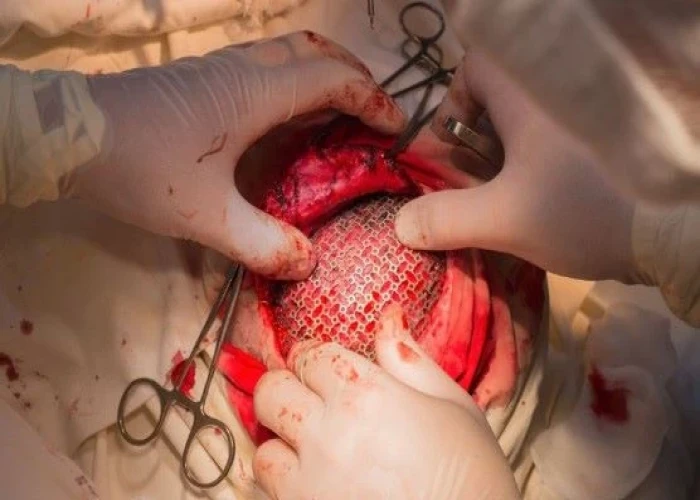
Pediatric brain tumors
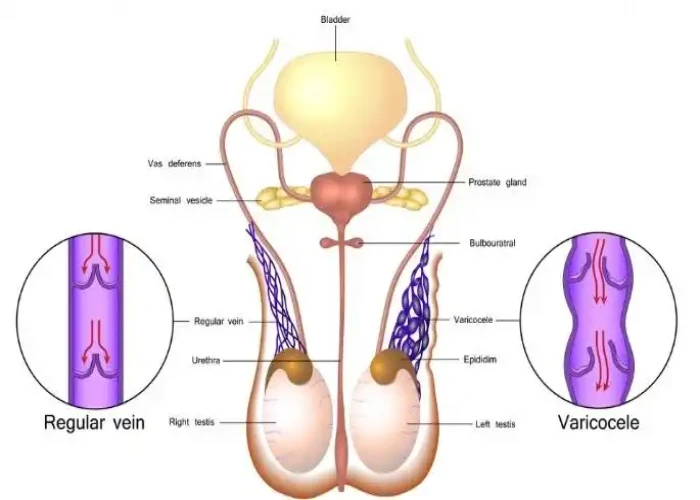
Varicocele
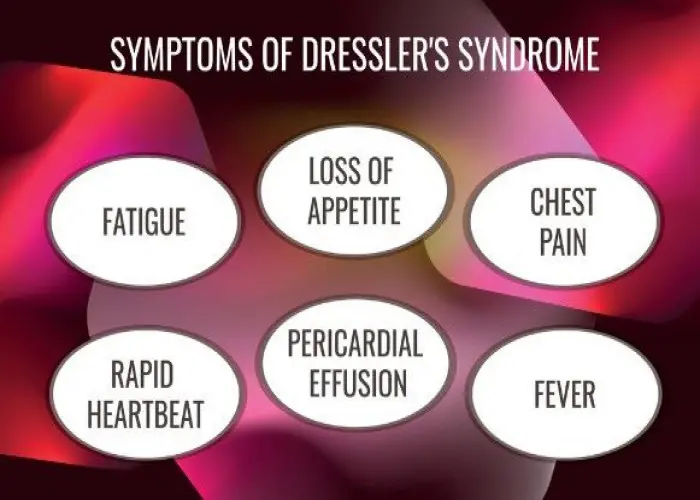
Dressler syndrome

Persistent depressive disorder (dysthymia)
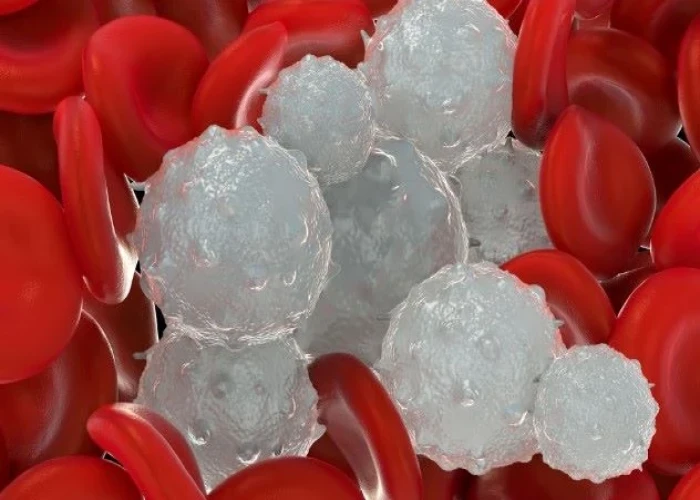
Pediatric white blood cell disorders

Interstitial cystitis

Legionnaires' disease
marfan syndrome, মারফান সিনড্রোম
To be happy, beautiful, healthy, wealthy, hale and long-lived stay with DM3S.
